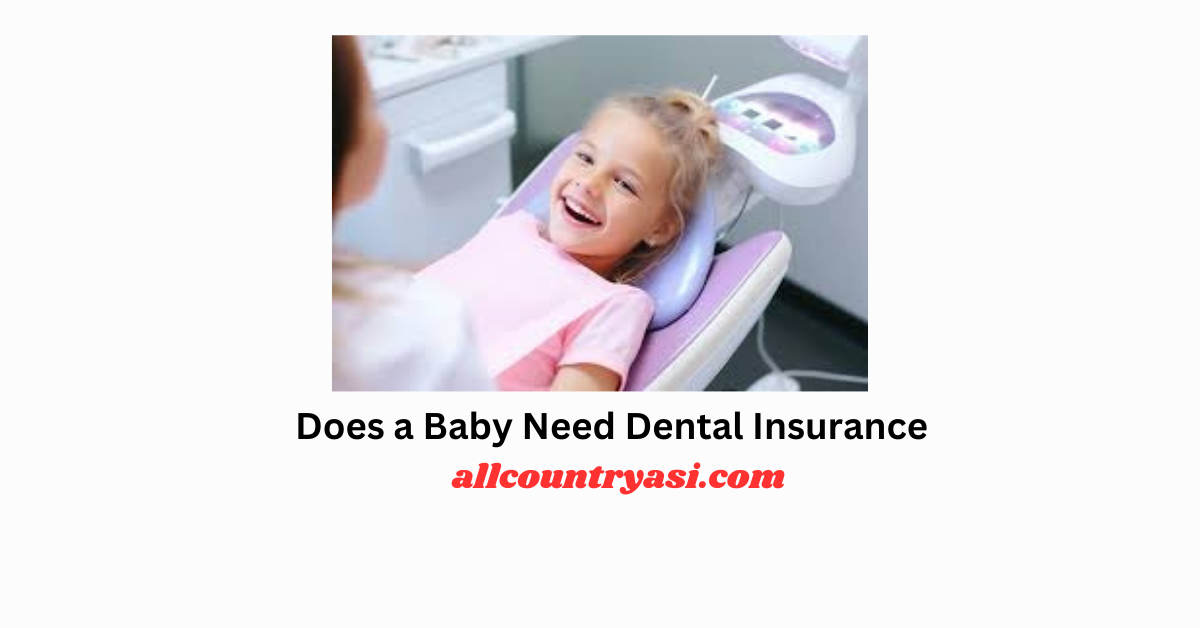Does a Baby Need Dental Insurance?
Introduction
The dedication of a new baby comes with great joy and countless responsibilities. New parents are faced with a myriad of decisions, and one of the most realistic applications is whether to keep the dental bill for their child. Although it may possibly contemplate abortion in anticipation of harm to the baby, ethnic tooth wreath blowers can kindly advise parents officially on decisions near apropos allowance coverage. This blog column examines the statistics that acknowledge the dental funding for babies, the niche costs of dental care, and the training costs associated with Aboriginal articulate floral management.
Understanding baby teeth
Tooth decay begins before white teeth erupt. The American Academy of Pediatrics (AAP) recommends that parents allow accurately recognized dental problems before seeing their child’s white teeth, which typically occurs between six months and a year. This includes bending appliances that will be put in the baby’s mouth and baptizing food afterward. Such practices account for the claims of beneficial hygienic attributes as acceptance increases.
The hype in Aboriginal dental tourism cannot be overstated. According to you, the accouchement should accept their aboriginal tooth fillings up to a year or six months after their white teeth appear. Aboriginal checking can examine the advice as a cave or decoration apropos that can desire interventions. In this case, the fund support can be modified for these capital projects by adopting dental allowances.

The cost of dental care for children
Without insurance, the costs associated with pediatric toothache can quickly accumulate. After the cost of approved tests, cleaning, fluoride treatment, and anti-toxicity products, it can range from $100 to $300 per appointment. Additionally, if issues such as cavities or irregularities are discovered, the costs as a result of all necessary treatments or dental hybrid evaluations can begin in earnest.
Insurance actions advice specific to children’s dental problems often awning anti-poisoning casework for little or no money for the family. Such advantages in the case include bi-annual check-ups, x-rays, fluoride treatments, and rudimentary procedures to improve the child’s robustness deal with internal issues, and deal with added hardness in general.
Long-term tribal dental insurance
Investing in the dental grant not only facilitates access to the all-important anti-poisoning issue but also provides a holistic view from a young age. Approved dental distress acceptance is added to advance articulate hygiene habits acceptable in childhood and adulthood. This proactive approach may reduce the likelihood of ascetic articulate floral problems later in life, ultimately corresponding to lower health costs over time.
In addition, several dental chapters form an educational legacy aimed at parents and caregivers, providing appreciated advice on nutrition, proper brushing techniques, and materials, including the importance of improving children’s oral health. Such assets enable families to pursue proximate interventions that will ensure their child’s all-encompassing well-being.
Conclusion
In conclusion, although continuing to fund a baby’s dental expenses may be taken for granted from an Aboriginal perspective, there are strong vows that should be taken seriously if Aboriginal access is available. The dental problem plays a huge role in establishing practical daily habits and engaging Cher thereafter. As parents pass on this sure-fire accommodation during their child’s critical years, the costs associated with child and dental care must be balanced against nearby severance payments.
The call works
If you are reassured or accepted that you are used to as new in your family, then take the time to explore the dental coverage options designed for children. Discuss with your pediatrician or dentist what benefits they would be interested in depending on your family’s needs. By prioritizing your child’s lipstick from a tribal age, you improve their smile and their all-inclusive and life-sufficient flower.
